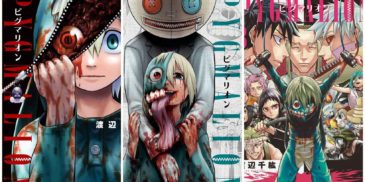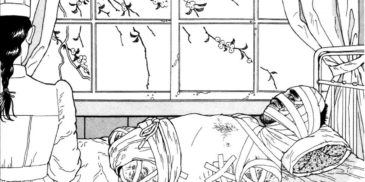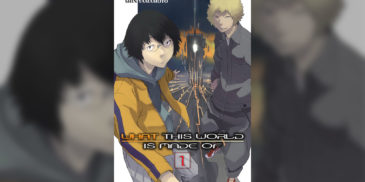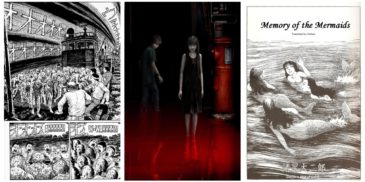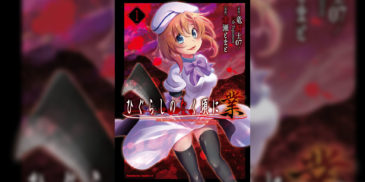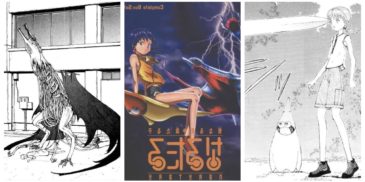
Suicide Girl is an ongoing action horror magic girl manga, written and illustrated by Atsushi Nakayama. Atsushi is best known as the creator/illustrator of Uratarou, The Zombie Maria, Nejimaki Kagyu, and Love Suicide. The manga follows Kirari Aokigahara, a high school student contemplating suicide, who decides to go to a “Suicide Café” where a mysterious man helps people commit suicide. However, instead of dying, Kirari becomes a “Suicide Girl” who is tasked with saving others from self-harm by killing the parasitic demons pushing them to end their lives.
As previously mentioned, Suicide Girl contains serious content that may some may find disturbing. It features incredibly vivid depictions and discussions of suicide and depression, tackling the subject matter head-on. While exploring the protagonists’ traumatic backstories and the resulting emotional despair in a sincere way, their feelings are never dismissed or downplayed as insignificant. In fact, the manga is a robust advocate of self-care, promoting positive actions that more people should undertake such as time off work for recuperation, spending time with friends, and exploring the feelings associated with depression in a healthy manner.
*Note: this review only covers up to chapter 21
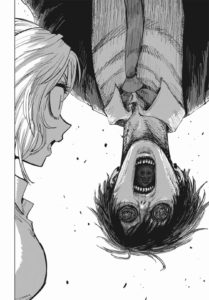
The overall story behind Suicide Girl is that of a dark magical girl fantasy, as dark entities referred to as “Phobia’s” attach themselves to a person, amplifying their negative emotions and driving them to suicide. As our protagonists’ infatuation with self-destruction stems from something deeper than these parasitic spirits, they are the perfect candidates to aid in the fight against these emotional leeches and halt the ongoing suicide epidemic in Japan. However, accompanying these creatures are “Megalophobias” –vigorous, highly intelligent dark magic girls who possess powers similar to their light-sided counterparts. The story is similar to Puella Magi Madoka Magica, though is on the opposite side of the same coin. Whereas Madoka Magica is a light-hearted story with dark elements, Suicide Girl is very much a dark story with light-hearted elements and, in my opinion, is the better implementation of the trope.
An intrinsic level of organic comedic content balances this dark story impeccably well. Utilising an intelligent mix of slapstick and situational comedy, as well as darkly humorous moments interspersed with perfect placement, it presents a few genuinely jovial moments to break up what would otherwise be an exceptionally depressing story.
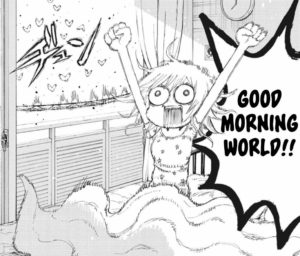
By far, what draws all of these components together so effectively is the characters. Each girl has a theme set around a means of suicide; Kirari Aokigahara (a reference to Aokihahara ‘suicide’ forest) transforms into “Hanged Girl”, Maten into “Slit-wrist Girl” and Akane into “Overdoes Girl” when using their respective magic items. Their transitions from hopeless self-destruction to a sincere determination to save those affected by the Phobia exhibit incredible character building. The story juxtaposes their incredibly sorrowful life experiences with the harrowing battles against their supernatural foes, underscoring the sincerity of their desire to eradicate suicide.
A striking mix of art styles is present throughout the series. Presented in the typical moe design, the art features a chibi style to reinforce its more comedic elements. However, the fight scenes are incredibly reminiscent of Kentaro Miura’s Berserk, full of intense detail and thick line art that accentuates the physical and emotional power these girls possess as well as the danger they face. Furthermore, the manga features an atypical use of frames, willing to incorporate the spacing outside of these standard frames to extend the artwork in a rarely seen way.
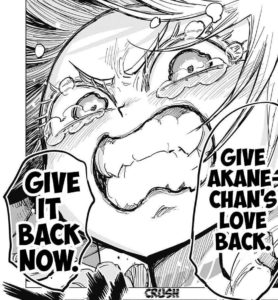
At this point, the story is far from complete, with only 21 chapters of Suicide Girl released so far in Japan, and no word on an official English language release any time soon. Even so, there are still a number of translation groups who have picked up the series to help with accessibility until an announcement of an official English release.
Although the story could be triggering to people that have personal experience with depression and suicide, Suicide Girl is an incredibly powerful statement on the dangers of an ongoing epidemic that is rife throughout the world in this day and age. Along with a compelling variety of comedic moments intermixed throughout the somber story, each page is effortlessly laden with a compelling and sincere range of emotions.
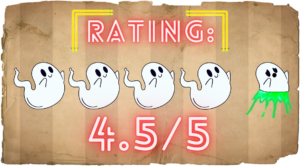
More Manga Reviews
Pygmalion is a gory horror manga consisting of three volumes released in 2015 and concluding in 2017, written and illustrated by Chihiro Watanabe. Watanabe is known as the creator of… The horrors of war don’t just end once a solider returns, in fact one of the saddest aspects of global conflict is societies lack of post-care for soldiers. Unfortunately, heroism… Note: This review covers Volume 1 What This World is Made Of is a three-volume psychological action mystery manga, written and illustrated by legendary mangaka Shin Yamamoto. Having created a… While waiting for the release and review of the volume 5 and 6 of the manga Siren Rebirth, I thought it would be nice to focus on some previous manga… Higurashi: When They Cry – GOU is a 2-volume psychological horror manga written by Ryukishi07/7th Expansion and illustrated by Tomato Akase. Ryukishi07 is a Japanese author, artist, and representative of… When you think about Pokemon and Digimon, there are probably 2 things that come to your mind: the power of friendship and absolutely cute magical critters. It does not matter…Pygmalion (2015) Manga Review – It’s All Greek To Me
Caterpillar Manga Review – Suehiro Maruo Adapts Edogowa Rampo
What This World is Made Of Vol. 1 (2021) Manga Review – A Highly Kinetic Piece of Work
Forbidden Siren Manga Reviews (One-Shots): Demon’s Voice & Memory of the Mermaids
Higurashi: When They Cry – GOU: Volume 1 (2023) Manga Review – I Know Why The Cicadas Scream
Narutaru (1998) Manga Review: The Kids Are Not Alright

Hey there, I’m Jim and I’m located in London, UK. I am a Writer and Managing Director here at Grimoire of Horror. A lifelong love of horror and writing has led me down this rabbit hole, allowing me to meet many amazing people and experience some truly original artwork. I specialise in world cinema, manga/graphic novels, and video games but will sometime traverse into the unknown in search of adventure.
